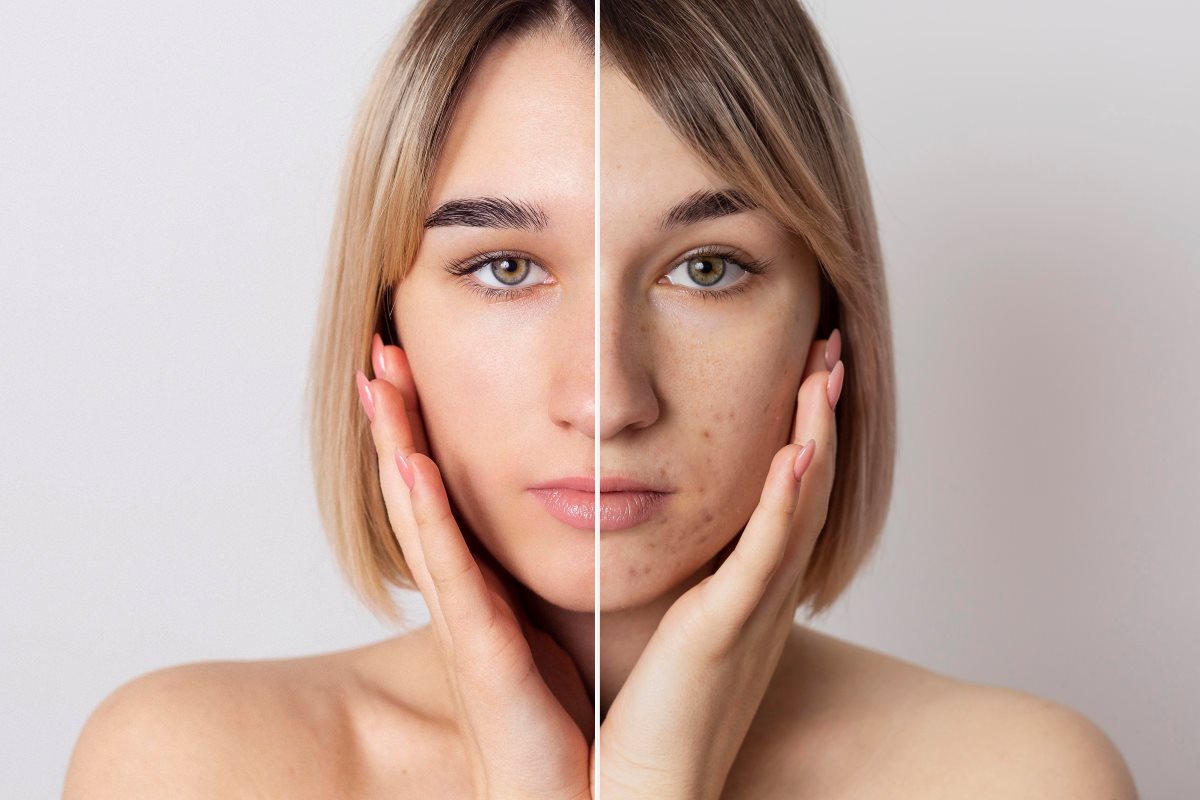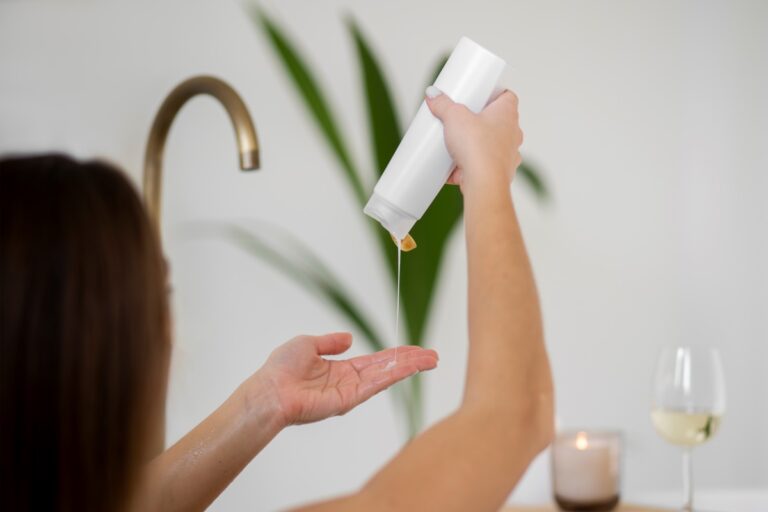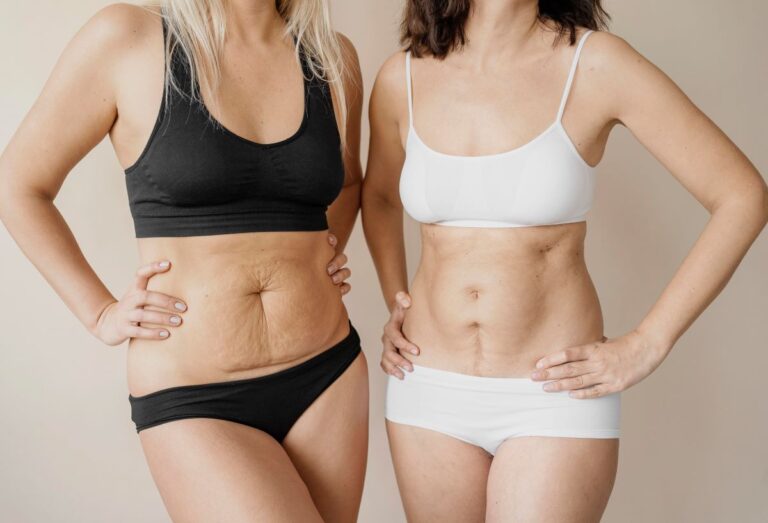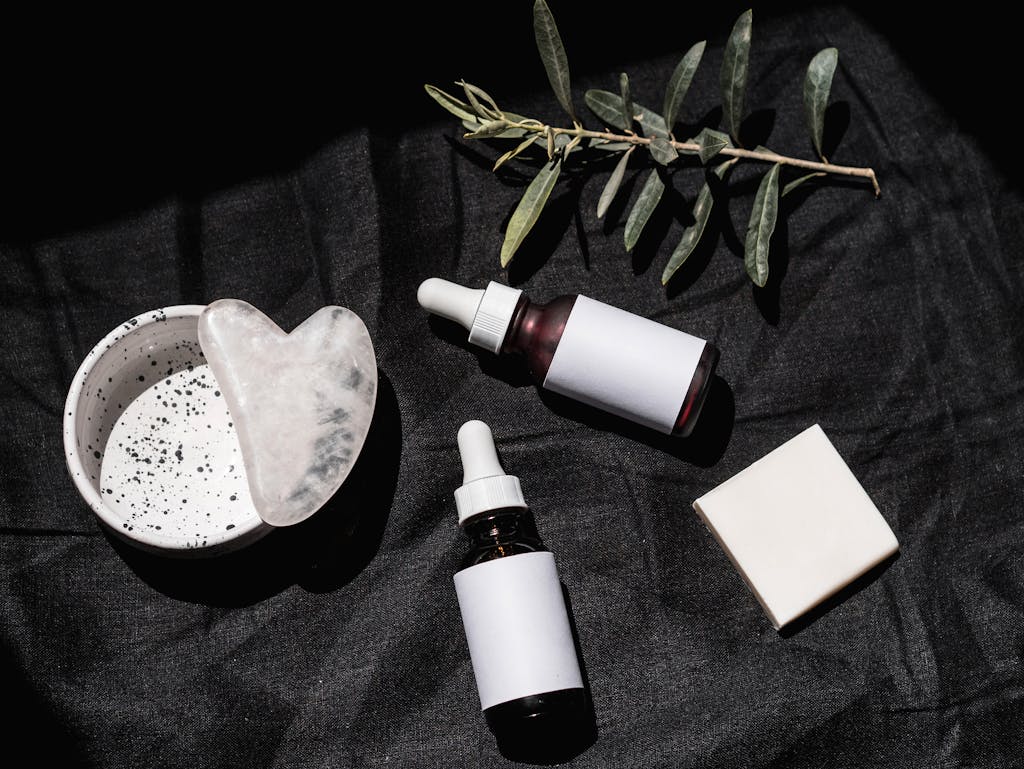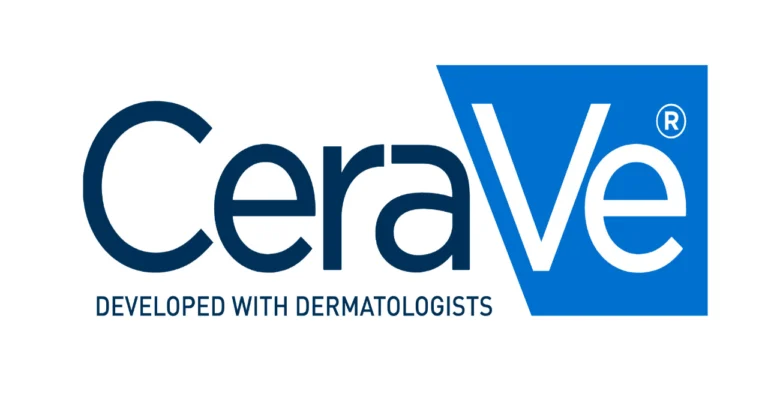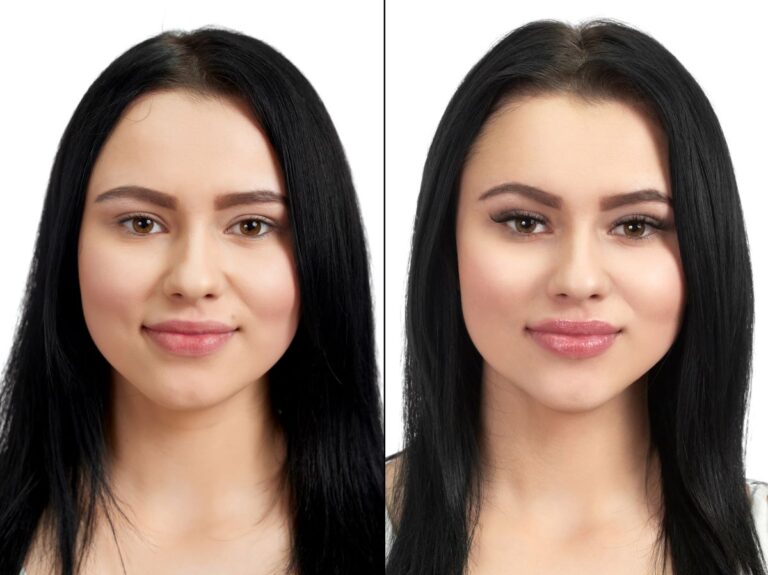Tretinoin Before and After Triumph: The Miraculous Changes in Your Skin
Tretinoin, a well-known retinoid derived from vitamin A, is celebrated for its remarkable effects on both acne and skin aging. By accelerating cell turnover, it helps reveal clearer, smoother, and revitalized skin. However, starting Tretinoin can come with challenges, as many users encounter dryness, peeling, or irritation during the initial phase.
In this ‘Tretinoin Before and After’ guide, we’ll delve into what to expect at each stage, how your skin evolves with consistent use, and practical tips to manage common side effects while achieving a healthier, more youthful complexion.
Understanding Tretinoin
Tretinoin is a prescription-strength retinoid derived from vitamin A, specifically designed to promote skin renewal and address various skin concerns such as acne, hyperpigmentation, and signs of aging. As a topical treatment, it accelerates the skin’s natural exfoliation process, which helps to unclog pores, reduce breakouts, and improve overall skin texture and tone.
By stimulating the production of new skin cells and collagen, it enhances the skin’s elasticity and resilience, leading to a smoother, more youthful complexion.
Unlike over-the-counter retinoids, Tretinoin is more potent, making it a preferred choice for those seeking dramatic skin improvement over time. In this ‘Tretinoin Before and After’ guide, it’s important to highlight that Tretinoin works by interacting with the skin on a cellular level, targeting deeper layers for more effective results.
The key active ingredient in Tretinoin is its namesake, tretinoin, which is a form of retinoic acid. This compound plays a crucial role in boosting skin cell turnover and encouraging new, healthy cells to replace damaged or dead ones.
While tretinoin itself is the main ingredient, it’s often combined with secondary ingredients in various formulations, depending on the brand. These can include:
- Emollients – Ingredients like glycerin or petrolatum may be included to enhance skin hydration and reduce irritation.
- Alcohols – Some formulations contain alcohol as a delivery agent, helping the active ingredient penetrate the skin more effectively.
- Stabilizers – To maintain the efficacy and shelf life of tretinoin, stabilizing agents are sometimes added to prevent the formula from degrading.
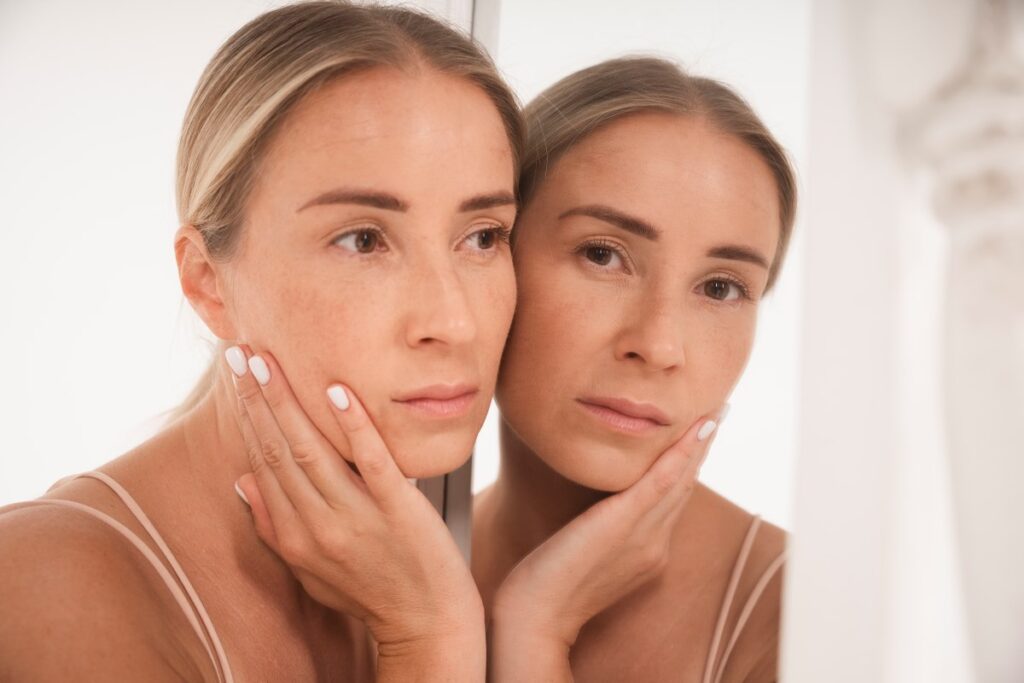
The Transformative Power of Tretinoin: What It Can Do for Your Skin
Tretinoin, a powerful form of retinoic acid, is renowned for its transformative effects on the skin. It works by speeding up the skin’s cell turnover process, encouraging the shedding of dead skin cells and stimulating the growth of fresh, new ones. This mechanism not only helps to clear clogged pores and reduce breakouts, but also smooths out the skin’s texture, making it a versatile solution for various skin concerns.
In this ‘Tretinoin Before and After’ guide, we’ll explore how this potent ingredient impacts the skin and why it’s so effective in producing noticeable results.
- One of the primary benefits of tretinoin is its ability to reduce acne. By preventing dead skin cells from accumulating in pores, tretinoin helps to keep them clear and free from the blockages that lead to acne. This action is particularly beneficial for those dealing with persistent or cystic acne, as it helps to reduce both the frequency and severity of breakouts over time.
- Tretinoin also improves the appearance of fine lines and wrinkles, making it a popular choice for those looking to address signs of aging. By boosting collagen production, tretinoin helps to restore skin elasticity and firmness, leading to a reduction in fine lines and wrinkles. This collagen stimulation also helps to plump the skin, giving it a more youthful and radiant look as seen in many ‘Tretinoin Before and After’ transformations.
- Another significant benefit is its ability to fade hyperpigmentation and dark spots. Tretinoin encourages the turnover of pigmented skin cells, which helps to lighten areas of discoloration, such as sun spots, melasma, or post-inflammatory hyperpigmentation. Over time, this leads to a more even skin tone and a brighter complexion.
- Additionally, tretinoin enhances the skin’s overall texture and smoothness. By promoting consistent exfoliation and renewal, it helps refine the skin’s surface, minimizing the appearance of rough patches, enlarged pores, and uneven texture.
How to Use Tretinoin Like a Pro: 8 Steps Guide
Tretinoin is a potent skincare treatment, and using it correctly is key to minimizing side effects and maximizing benefits. Whether you’re looking to treat acne, reduce wrinkles, or improve skin texture, following the right routine is crucial for achieving optimal ‘Tretinoin Before and After’ results. Here’s a detailed step-by-step guide to ensure you use Tretinoin safely and effectively:
1. Start with Clean, Dry Skin
Before applying Tretinoin, always cleanse your face thoroughly to remove dirt, oil, and makeup. Use a gentle, non-irritating cleanser that won’t strip the skin of its natural moisture. After cleansing, make sure your skin is completely dry. Wait about 15-20 minutes after washing your face, as applying Tretinoin to damp skin can increase absorption and potentially lead to irritation.
2. Apply a Pea-Sized Amount
When it comes to Tretinoin, less is more. A pea-sized amount is all you need for your entire face. Dab small dots of the product on your forehead, cheeks, chin, and nose, then gently spread it in a thin, even layer across your skin. Avoid applying it too close to sensitive areas like the eyes, nostrils, and mouth, as these areas are more prone to irritation.
3. Start Slowly
During the first few weeks, your skin may need time to adjust to Tretinoin. To minimize irritation and flaking, start by using it only two or three times a week. Gradually increase usage as your skin builds tolerance. Most dermatologists recommend using Tretinoin every other night at first, then working up to nightly use over several weeks. This slow introduction is essential for a smoother ‘Tretinoin Before and After’ transition.
4. Moisturize Generously
Tretinoin can cause dryness and peeling, especially in the early stages. To counteract this, apply a gentle, non-comedogenic moisturizer after Tretinoin has absorbed into your skin (wait about 20 minutes). If your skin feels particularly dry, you can also apply a light layer of moisturizer before applying Tretinoin as a buffer. Hydrated skin will tolerate Tretinoin better, leading to more comfortable and effective results.
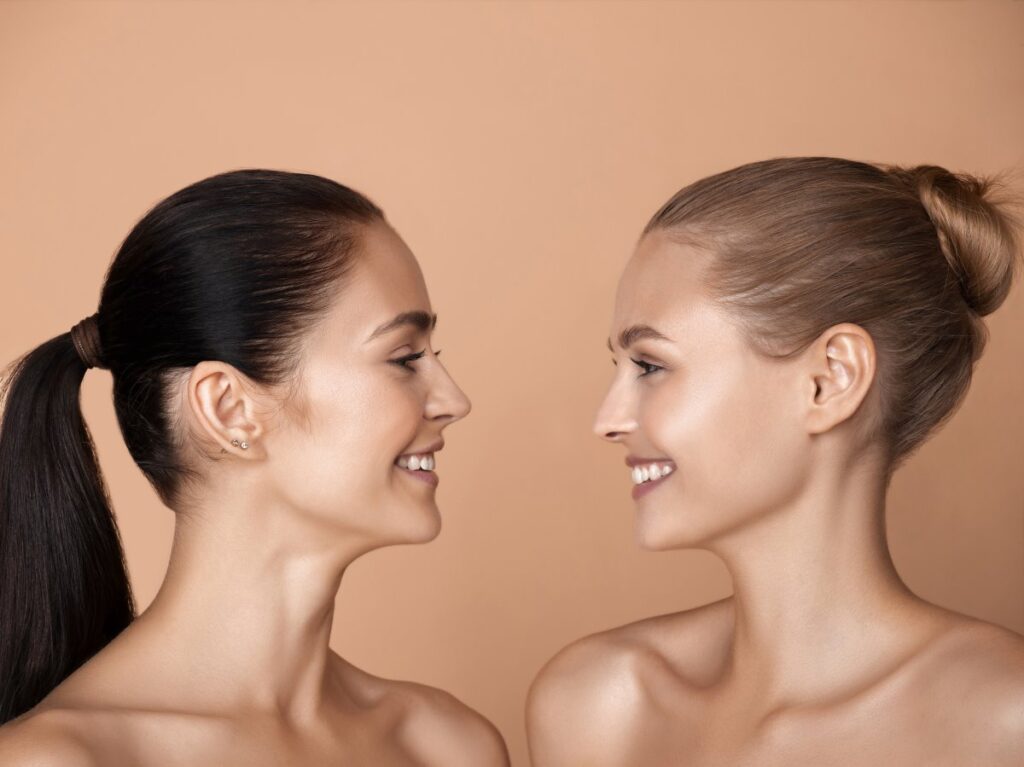
5. Use Sunscreen Every Day
Tretinoin increases your skin’s sensitivity to the sun, so applying a broad-spectrum sunscreen with SPF 30 or higher is a must. Even if you’re not spending time outdoors, UV exposure can happen through windows and other indirect sources. Protecting your skin from the sun prevents further damage and helps optimize your ‘Tretinoin Before and After’ outcomes by reducing the risk of irritation and hyperpigmentation.
6. Be Consistent, But Patient
The effects of Tretinoin don’t happen overnight. It may take several weeks or even months to see visible improvements in your skin. Consistency is key—stick to your routine and avoid over-application, as this can worsen side effects without speeding up results. Keep in mind that the ‘Tretinoin Before and After’ journey is gradual, and the full benefits will become evident over time with regular, patient use.
7. Manage Side Effects
Some redness, peeling, or dryness is normal during the initial phase of Tretinoin use, known as the “retinoid purge.” If irritation becomes severe, reduce the frequency of application or consult with a dermatologist for further guidance. Over time, your skin will adapt to Tretinoin, and these side effects will diminish.
8. Combine with Other Skincare Products (Carefully)
While using Tretinoin, it’s essential to be mindful of the other products in your skincare routine. Avoid using exfoliants, strong acids, or harsh scrubs, as these can further irritate the skin. Stick to gentle, hydrating cleansers and moisturizers. If you’re using other active ingredients, such as vitamin C or benzoyl peroxide, consult with a dermatologist about the best way to incorporate them into your routine without causing irritation.
Benefits of Tretinoin Before and After Application
✅ Clearer, Acne-Free Skin
The potential of tretinoin to treat acne is one of its most sought-after advantages. Many users have blocked pores, greasy skin, and frequent breakouts prior to commencing tretinoin. But with regular usage, the ‘Tretinoin Before and with’ effect becomes noticeable since it keeps pores free by avoiding the accumulation of extra oil and dead skin cells. Users usually experience less inflammation, fewer breakouts, and smoother, more radiant skin over time.
✅ Reduction in Fine Lines and Wrinkles
The potential of tretinoin to lessen the appearance of fine lines and wrinkles is a significant advantage, particularly for people who are concerned about aging. Fine lines around the lips, eyes, and forehead may be present in skin prior to taking tretinoin.
Applying tretinoin consistently helps to increase the synthesis of collagen, which helps to restore the firmness and suppleness of the skin. A ‘Tretinoin Before and After’ comparison frequently shows plumper, smoother skin that has noticeable less wrinkles.
✅ Improved Skin Texture
Due to enlarged pores, dull skin in general, or acne scars, many people begin using tretinoin with rough or uneven skin texture. Tretinoin considerably smoothes the skin’s surface with repeated application. Users frequently report feeling softer, smoother, and more refined skin as a result of the process, which stimulates the shedding of old skin cells and the creation of new ones.
With time, the “Tretinoin Before and After” texture might show a very noticeable difference, becoming considerably more smooth and even.
✅ Fading of Dark Spots and Hyperpigmentation
The potential of tretinoin to treat melasma, dark patches, and hyperpigmentation is another important advantage. A lot of people begin with skin discolouration or uneven tone from sun damage, acne scars, or hormone fluctuations. Tretinoin aids by increasing cell turnover, which lightens these dark patches over time. The ‘Tretinoin Before and with’ difference frequently includes significantly more even skin tone, less spots, and a brighter, more radiant complexion with regular usage.

✅ Enhanced Radiance and Glow
Before using tretinoin, dull, lifeless skin is a prevalent worry for many people. The skin may look stale and old as dead skin cells build up. Tretinoin contributes by continuously revitalizing the skin, giving it a more vibrant, youthful aspect. The ‘Tretinoin Before and After’ comparison often reveals a renewed brightness, with the skin appearing healthier and more young due to improved light reflection.
✅ Long-Term Anti-Aging Effects
The anti-aging effects of tretinoin are among its biggest long-term advantages. Tretinoin’s immediate benefits are primarily surface-level, such as reduced acne and improved texture, but its long-term effects are more profound. Tretinoin promotes the synthesis of collagen, which keeps the skin’s structure intact and keeps it from drooping with age.
The ‘Tretinoin Before and After’ timeline could demonstrate gradual increases in skin firmness together with a decline in obvious aging symptoms over time.
✅ Prevention of Future Breakouts and Damage
Tretinoin not only addresses current skin issues but also serves as a preventative measure. It aids in the prevention of further acne outbreaks by consistently encouraging exfoliation and maintaining clean pores. Furthermore, tretinoin prevents the appearance of future indications of aging by promoting the creation of collagen and improving skin healing.
The ‘Tretinoin Before and After’ results lay the groundwork for longer-term, healthier, more resilient skin in addition to demonstrating immediate advantages.
Tretinoin Before and After Insights
Tretinoin can make a significant difference in the texture, clarity, and youthfulness of your skin, but there may be an adjustment period during which side effects could occur. As their skin adjusts to this powerful therapy, many users report experiencing early irritation, dryness, or peeling as part of the “Tretinoin Before and After” trip.
Maintaining consistency with the product and attaining long-term outcomes depend on managing these negative effects. In this part, we’ll talk about typical Tretinoin side effects and offer helpful coping mechanisms.
Common Side Effects of Tretinoin
❌ Dryness and Peeling: Skin peeling and dryness are among the most frequent adverse effects in the early stages of Tretinoin therapy. Tretinoin accelerates the turnover of skin cells, which may result in a rough or flaky epidermis.
❌ Redness and Irritation: n addition, redness, irritability, and minor burning sensations are possible side effects of trenoin, particularly in the initial weeks of treatment. This happens when your skin gets used to the potent retinoid and how quickly it exfoliates.
❌ Increased Sensitivity to Sun: Tretinoin increases skin sensitivity to sunlight, which, if appropriate safety measures are not followed, can raise the risk of sunburn and UV damage.
❌ Purging: Many go through a “purge” period during which their acne and other imperfections go worse for a while before becoming better. Tretinoin causes breakouts in the short term by forcing blocked pores to the surface.
Tretinoin Alternative Options for Skincare
Tretinoin can be quite helpful in curing acne, minimizing wrinkles, and enhancing the texture of the skin, but because it might cause irritation or sensitivity, it might not be right for everyone. Thankfully, there are a number of substitutes that provide comparable advantages for individuals seeking to get the ‘Tretinoin Before and After’ outcomes without experiencing severe adverse effects.
These substitutes include anything from alternate retinoid forms to whole other active compounds that address issues with aging, acne, and uneven skin tone. We’ll examine some well-liked Tretinoin substitutes and their comparisons below.
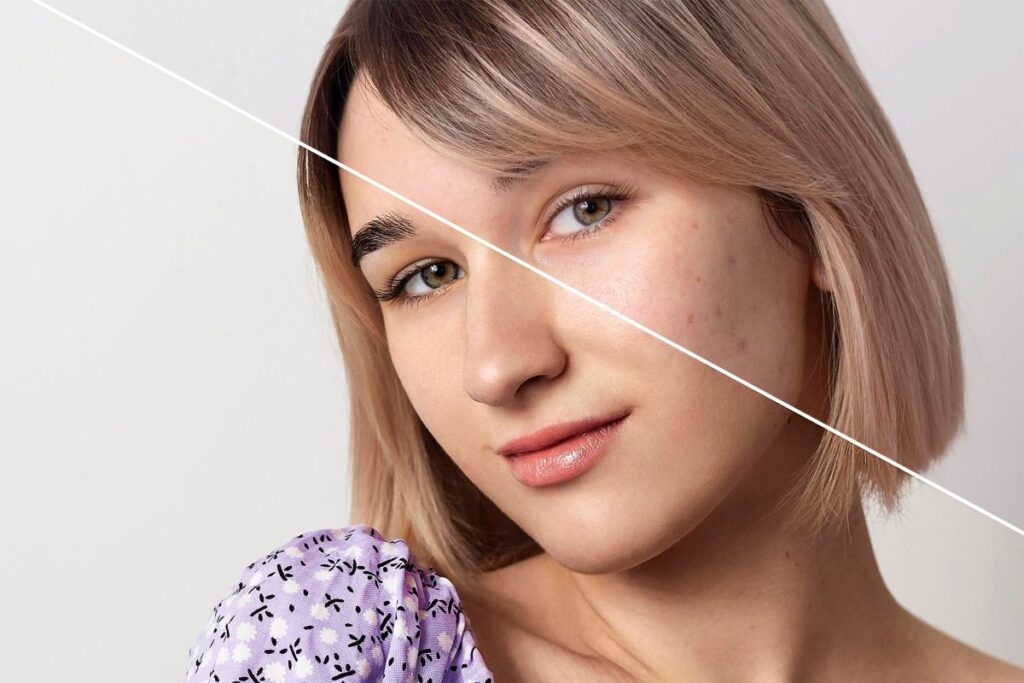
1. Retinol
Retinol, a milder form of vitamin A, is one of the most often used substitutes for tretinoin. Although retinol and Tretinoin are both members of the retinoid family, retinol has less adverse effects, such as dryness and irritation, due to its lower potency.
It functions by changing in the skin to retinoic acid, which, like retinoin, promotes collagen synthesis and cell turnover at a slower, more progressive rate. Retinol is usually more gradual in producing the “Tretinoin Before and After” effects, which makes it an excellent choice for those with sensitive skin or new to retinoids.
Pros:
- Gentler and less irritating
- Suitable for sensitive skin
- Available over the counter
Cons:
- Takes longer to see noticeable results
- Less effective for severe acne or advanced signs of aging
2. Adapalene (Differin)
Adapalene, also marketed as Differin, is a different option to Tretinoin. Third-generation synthetic retinoid, adjapalene, is frequently suggested as a therapy for acne. It functions by encouraging cell turnover, clearing clogged pores, and lowering inflammation, same like retinoin does.
Adapalene is an excellent alternative for people who desire ‘Tretinoin Before and After’ outcomes without the unpleasant side effects because it is generally less irritating and is accessible over-the-counter in lower quantities. This is the key difference between the two.
Pros:
- Less irritating than Tretinoin
- Effective for treating acne
- Available over the counter
Cons:
- May not be as effective for wrinkles or hyperpigmentation as Tretinoin
- Can still cause mild dryness or peeling
3. Bakuchiol
In recent times, there has been a surge in demand for Bakuchiol, a plant-based substitute for Tretinoin that is entirely natural. Reproduced from the seeds of the Babchi plant, bakuchiol is often called a “natural retinol alternative.” With less chance of discomfort or irritation, it provides many of the same advantages as retinoin, including addressing hyperpigmentation, minimizing fine wrinkles, and improving skin texture.
Though more gradually and gently, many users claim that Bakuchiol produces outstanding ‘Tretinoin Before and After’ effects.
Pros:
- Non-irritating and suitable for all skin types
- Gentle, natural alternative
- Can be used both day and night
Cons:
- Slower results compared to Tretinoin
- Less potent for severe skin concerns like deep wrinkles or cystic acne
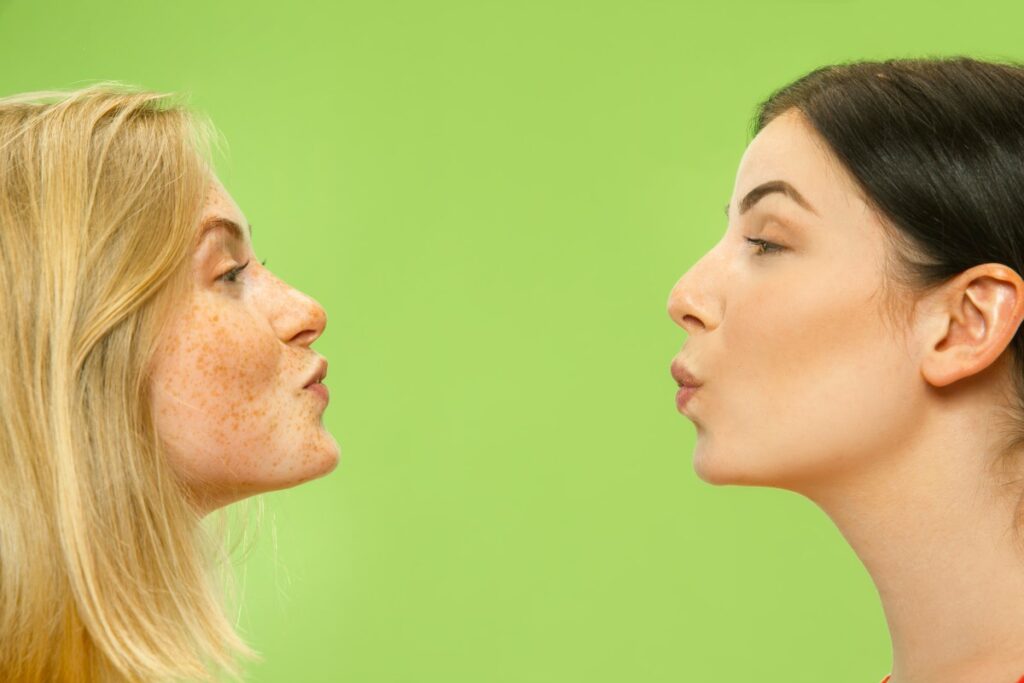
4. Azelaic Acid
Azelaic Acid is another popular alternative to Tretinoin, particularly for those dealing with acne and hyperpigmentation. It is a naturally occurring acid found in grains like barley and wheat and works by reducing inflammation, killing acne-causing bacteria, and lightening dark spots.
Azelaic acid is well-tolerated by most skin types and does not cause the same level of dryness or irritation as Tretinoin, making it a great alternative for those seeking a milder approach with ‘Tretinoin Before and After’ benefits.
Pros:
- Anti-inflammatory and antibacterial properties
- Effective for treating acne and rosacea
- Suitable for sensitive skin
Cons:
- Less effective for treating deep wrinkles or fine lines
- May take longer to see visible improvements in skin tone
5. Niacinamide
Despite not being a retinoid, niacinamide has several skin advantages that enhance the outcomes of “Tretinoin Before and After” changes. Vitamin B3, or niacinamide, helps to diminish the appearance of pores, lessen inflammation, and enhance the skin’s barrier function. Additionally, it contains lightening qualities that aid in fading hyperpigmentation and dark spots. Niacinamide, in contrast to retinoin, is extremely mild and suitable for all skin types, especially those who are sensitive.
Pros:
- Strengthens the skin’s barrier
- Reduces redness, irritation, and acne
- Brightens and evens out skin tone
Cons:
- May not be as effective for severe wrinkles or deep acne scars
- Works best when combined with other active ingredients
6. Peptides
Peptides are another alternative for those looking to address aging concerns without the intensity of Tretinoin. Peptides are short chains of amino acids that act as building blocks for proteins like collagen and elastin. They help to improve skin elasticity, reduce the appearance of fine lines, and enhance overall skin firmness.
Though peptides work differently from retinoids, they can deliver impressive ‘Tretinoin Before and After’ anti-aging results, particularly for users who are focused on improving skin firmness and texture.
Pros:
- Gentle and suitable for all skin types
- Promotes collagen production
- Improves skin firmness and elasticity
Cons:
- May take longer to see visible results
- Less effective for acne-prone skin
Tretinoin Before and After Concluding Insights for Skincare Success
The journey of using Tretinoin, as explored in this guide, showcases its transformative power for a wide range of skin concerns, from acne and hyperpigmentation to wrinkles and uneven texture. The ‘Tretinoin Before and After’ process highlights its effectiveness in promoting smoother, clearer, and more youthful-looking skin.
Though Tretinoin may come with some side effects, such as irritation or dryness, with proper care and a gradual approach, these can be managed effectively to reveal glowing, healthy skin.
Whether you’re dealing with stubborn breakouts, fine lines, or just want to improve your skin’s overall texture and radiance, the consistent use of Tretinoin can lead to remarkable improvements. The ‘Tretinoin Before and After’ timeline may involve patience and adjustment, but the results speak for themselves. For those unable to tolerate Tretinoin or seeking alternative options, there are many other effective treatments available, each offering its own set of benefits.
In the end, the key to success with Tretinoin lies in understanding your skin’s unique needs, being consistent, and taking a balanced approach to manage potential side effects. With time and dedication, the ‘Tretinoin Before and After’ transformation can truly deliver life-changing results for your complexion, helping you achieve the healthier, more radiant skin you’ve always desired.
